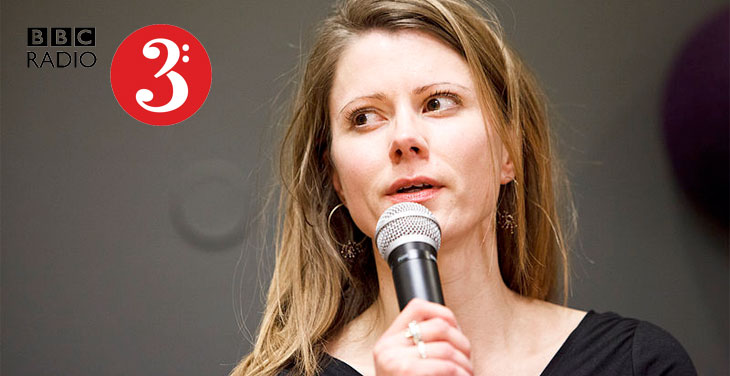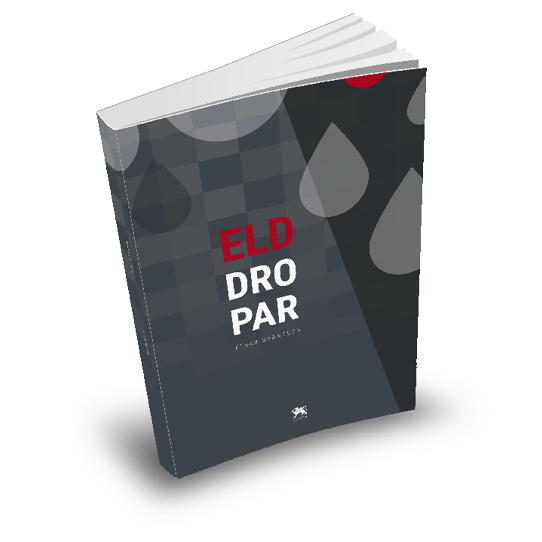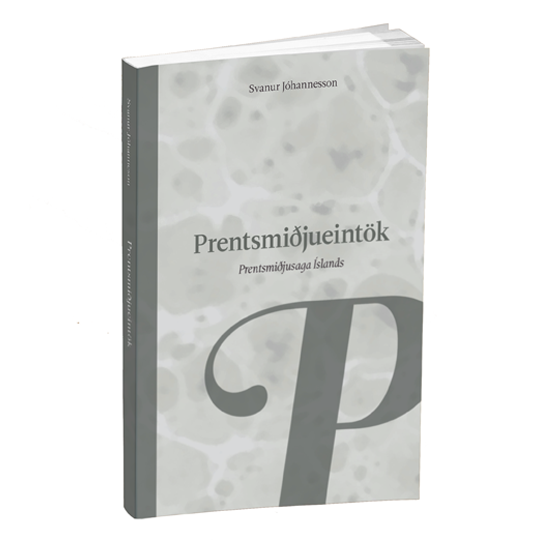
Prentsmiðjueintök
Prentsmiðjusaga Íslands – eftir Svan Jóhannesson
Bókin kom fyrst út árið 2014 og er umfjöllun um prentsmiðjueintök höfundar og þær prentsmiðjur sem koma þar við sögu. Hér er um að ræða tímabil sem nær frá aldamótum 1800 og fram yfir aldamótin 2000.
Prentsmiðjueintak skilgreinir höfundur sem sýniseintak úr hverri prentsmiðju fyrir sig en bókin fjallar um allar helstu íslensku bókaprentsmiðjurnar yfir 200 ára tímabil og að auki nokkrar danskar prentsmiðjur sem prentuðu fyrir Íslendinga á 19. öld. Fjölritunarstofur eru einnig hafðar með, en sumar þeirra skipuðu stórt menningarlegt hlutverk á síðustu öld.
Má segja að þessi bók sé tilraun til að segja sögu íslensku prentsmiðjanna og þeirra prentara sem þar störfuðu/starfa og að auki er hér að finna ýmsan fróðleik sem ekki hefur verið skráður á bók fyrr, m.a. um marga forvígismenn prentsmiðjanna.
Alls eru prentsmiðjurnar um 130, fjallað er lítillega um þær bækur sem smiðjurnar prentuðu og litmyndir eru af hverri bók, kápusíðum, titilsíðum og baksíðum — ef þar er að finna nafn viðkomandi prentsmiðju. Myndir af höfundum, prenturum og fleirum eru yfir 350 talsins.
Aðeins örfá eintök eru eftir af seinni prentun bókarinnar frá árinu 2015.
Upplýsingar
- Fjöldi síðna: 194 síður
- Útgefandi: Svanur Jóhannesson (2. útgáfa janúar 2015)
- Gerð: Kilja
- Tungumál: Íslenska
- ISBN: 978-9979-72-746-0
Svanur Jóhannesson
 Svanur Jóhannesson er bókbindari að mennt. Hann hóf snemma að vinna að félags- og hagsmunamálum bókagerðarmanna og sat í stjórn Bókbindarafélags Íslands í 16 ár, þar af í 7 ár sem formaður. Hann sat síðan samfellt í stjórn Félags bókagerðarmanna í nær tvo áratugi eftir að félög í prentiðnaði sameinuðust árið 1980. Svanur sat í ritnefnd bókarinnar Prent eflir mennt eftir Inga Rúnar Eðvarðsson, sögu bókagerðar frá upphafi til síðari hluta 20. aldar og í ritnefndum stéttartals og sögu bókagerðarfélaganna frá 1994. Hann hefur auk þess ritað fjölda greina í tímaritið Prentarann frá árinu 1981.
Svanur Jóhannesson er bókbindari að mennt. Hann hóf snemma að vinna að félags- og hagsmunamálum bókagerðarmanna og sat í stjórn Bókbindarafélags Íslands í 16 ár, þar af í 7 ár sem formaður. Hann sat síðan samfellt í stjórn Félags bókagerðarmanna í nær tvo áratugi eftir að félög í prentiðnaði sameinuðust árið 1980. Svanur sat í ritnefnd bókarinnar Prent eflir mennt eftir Inga Rúnar Eðvarðsson, sögu bókagerðar frá upphafi til síðari hluta 20. aldar og í ritnefndum stéttartals og sögu bókagerðarfélaganna frá 1994. Hann hefur auk þess ritað fjölda greina í tímaritið Prentarann frá árinu 1981.
Prentsmiðjueintök í Kiljunni
Egill Helgason ræðir við Svan Jóhannesson um sýningu hans og nýútkomna bók: Prentsmiðjueintök – Prentsmiðjusaga Íslands.
Kiljan 29. október 2014.

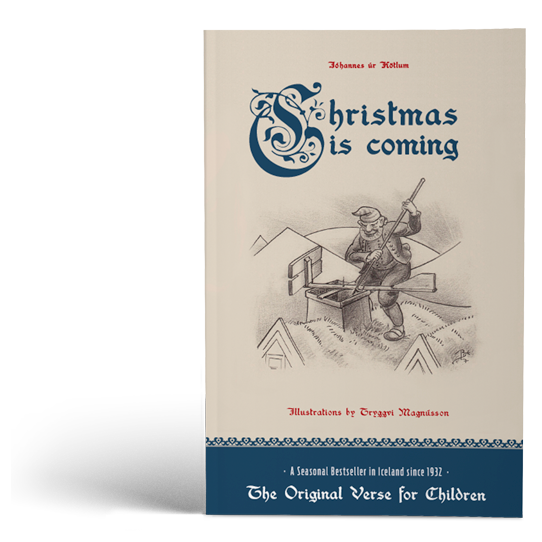
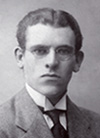 for many years, first in the countryside and then in Reykjavik–so it should come as no surprise that he wrote half a dozen books of children’s verse besides his score of other books. One of the salient figures of modern Icelandic poetry, he mastered both the intricate traditional forms and the modern, but as an outspoken, idealistic and sometimes scathing critic of political institutions, he courted controversy and often drew the ire of political opponents. Neither friend nor foe. however, denied the charm of his children’s verse. Christmas is Coming has been a perennial seller since it first appeared in 1932.
for many years, first in the countryside and then in Reykjavik–so it should come as no surprise that he wrote half a dozen books of children’s verse besides his score of other books. One of the salient figures of modern Icelandic poetry, he mastered both the intricate traditional forms and the modern, but as an outspoken, idealistic and sometimes scathing critic of political institutions, he courted controversy and often drew the ire of political opponents. Neither friend nor foe. however, denied the charm of his children’s verse. Christmas is Coming has been a perennial seller since it first appeared in 1932. Hallberg Hallmundsson (1930–2011) was an editor, poet and author. Born in Iceland, educated in Iceland and Spain, he made his home in New York since 1960, held various editorial positions and did a wide range of translations – both into and from the Icelandic. Hallberg was an editor of Business Week from 1984–2002 when he moved back to Iceland. He was an author of seven books of poetry and a volume of short stories, all in Icelandic.
Hallberg Hallmundsson (1930–2011) was an editor, poet and author. Born in Iceland, educated in Iceland and Spain, he made his home in New York since 1960, held various editorial positions and did a wide range of translations – both into and from the Icelandic. Hallberg was an editor of Business Week from 1984–2002 when he moved back to Iceland. He was an author of seven books of poetry and a volume of short stories, all in Icelandic.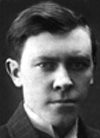 Tryggvi Magnússon (1900–1960) born in the North West of Iceland – was educated in Akureyri, Reykjavík, Copenhagen, Dresden and New York. During the struggle for independence in Iceland he created a forerunner for the Coat of arms for all the different provinces in Iceland. He is most famous for creating the Icelandic State Coat of arms and his satiric cartoons for magazines in Iceland during the last century.
Tryggvi Magnússon (1900–1960) born in the North West of Iceland – was educated in Akureyri, Reykjavík, Copenhagen, Dresden and New York. During the struggle for independence in Iceland he created a forerunner for the Coat of arms for all the different provinces in Iceland. He is most famous for creating the Icelandic State Coat of arms and his satiric cartoons for magazines in Iceland during the last century.